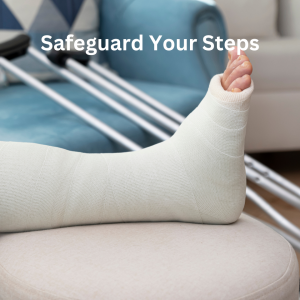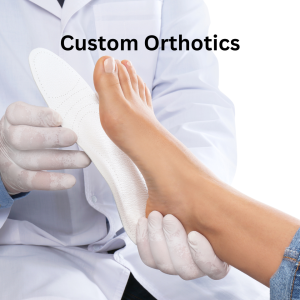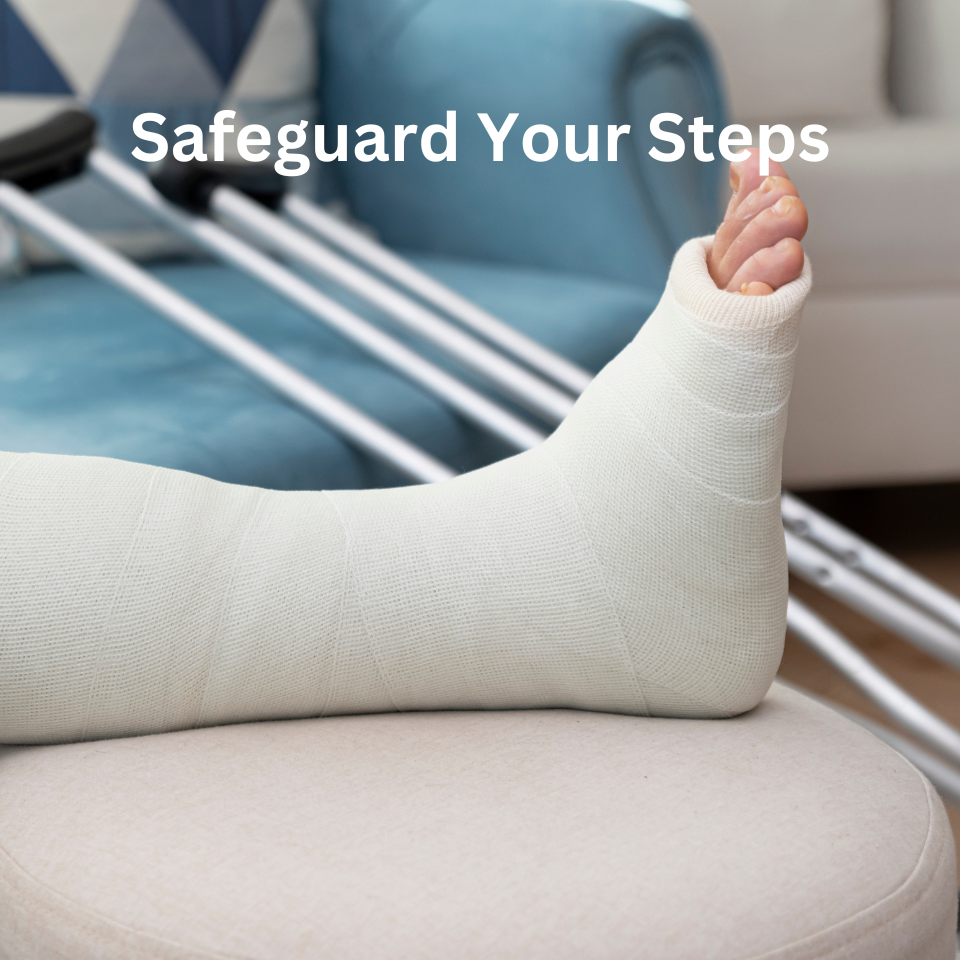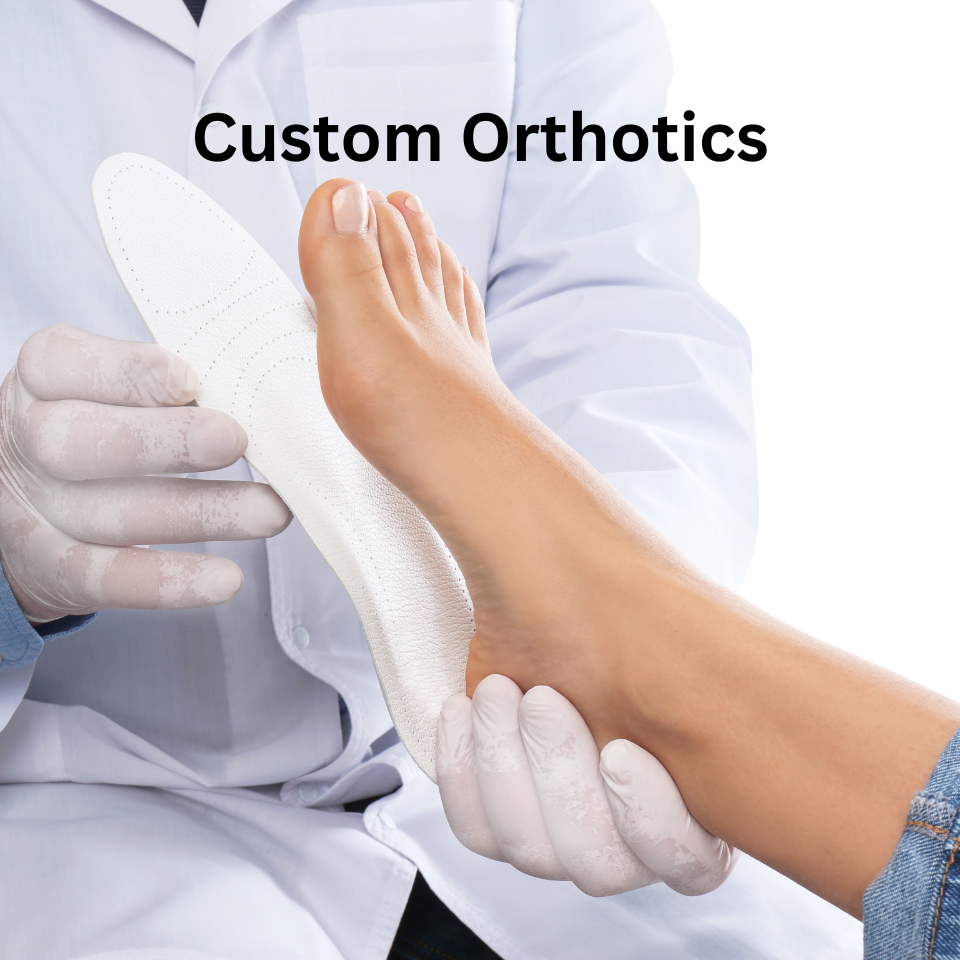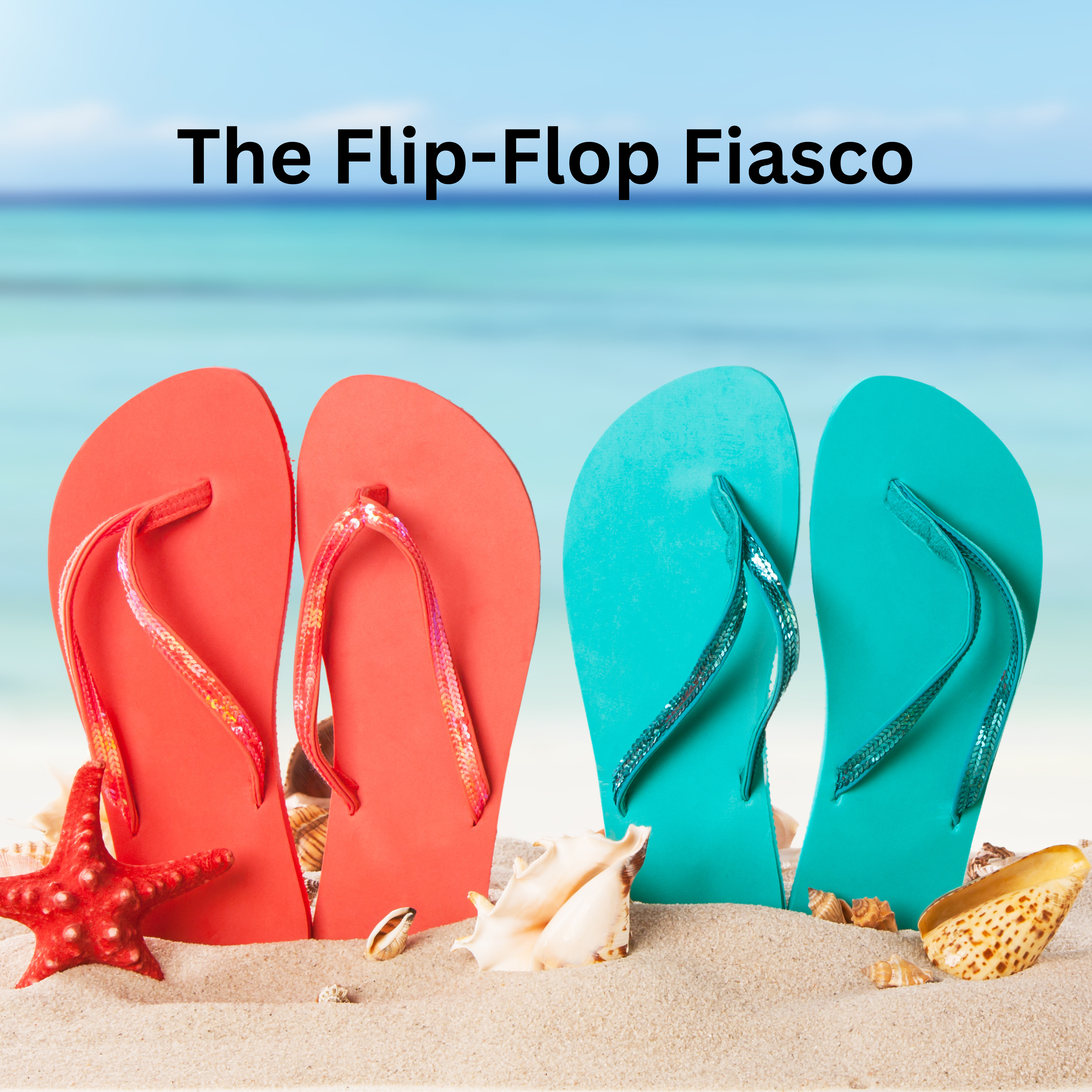 The great mountain ranges of the world—the Himalayas, the Rockies, the Alps—are all formed by tectonic plates colliding with one another. One large piece of land slowly inserts itself underneath another, burrowing down while the other plate rises to form the majestic monoliths we know today.
The great mountain ranges of the world—the Himalayas, the Rockies, the Alps—are all formed by tectonic plates colliding with one another. One large piece of land slowly inserts itself underneath another, burrowing down while the other plate rises to form the majestic monoliths we know today.
An ingrown toenail is pretty much the same thing—though, maybe not as majestic to look at. When it comes to ingrown toenails, think of the nail like that tectonic plate that is caught below the surface, burrowing under while the other plate—your skin—is stuck on top. So, next time you’re looking at a beautiful mountain scene, think of the mountains as nature’s ingrown toenails.
All jokes aside, ingrown toenails can be right painful. Unlike nature, however, there are plenty of things you can do at home to prevent these painful tectonic collisions from forming on your feet.
Causes of Ingrown Toenails
Probably the most common (and preventable) cause of ingrown toenails is cutting the nail too short. If the nail is cut too far back on the toe, it allows the skin in front of the nail edge to get in the way of nail growth. As the nail regrows and gets longer after cutting it, it starts to dig into the skin.
Another cause of ingrown toenails is shoes that are too small or crush the toes together. Constant crushing and squeezing of the toes can affect how the nail grows. Compression of the toe will cause the nail to grow pressed too tight against the skin, causing ingrowth.
Heredity is the third cause. Your toenails might just have an extra pronounced curl by nature. Unlike natural curls in your hair that you may inherit from your parents, extra toenail curl isn’t quite as nice of genetic inheritance, as it can increase the risk of your nail growing into your skin.
Finally, traumatic injury to your toes—such as stubbing them or crushing them—may cause damage to your nail or push them into your skin.
How to Prevent Ingrown Toenails
Once you understand the causes, prevention of ingrown toenails is pretty straightforward.
When you trim your nails, make sure to cut across in a straight line and then file the edges away slightly, so they are no longer sharp or snag on anything. Cutting them too much on the side is a common way for the nail to get ingrown on the edges. Also, be sure not to cut your nails too far back on the skin. If you go out and get a pedicure, make sure the person working on your feet knows what he or she is doing and does not file your nails too short.
Another great way to prevent problems is to make sure your shoes fit in the right direction. If you have children, they may be more susceptible to ingrown toenails because they outgrow their shoes so quickly, so be sure to keep a close eye out.
It’s also a good idea to avoid injury to your feet. This is common sense regardless of whether you’re worried about ingrown toenails or not—you should always try to prevent toe injury regardless!
If you do find yourself with an ingrown toenail that is causing you pain, book an appointment with Foot and Ankle Centers, and we’ll get you in for an exam so you’ll be back up and moving in no time.

